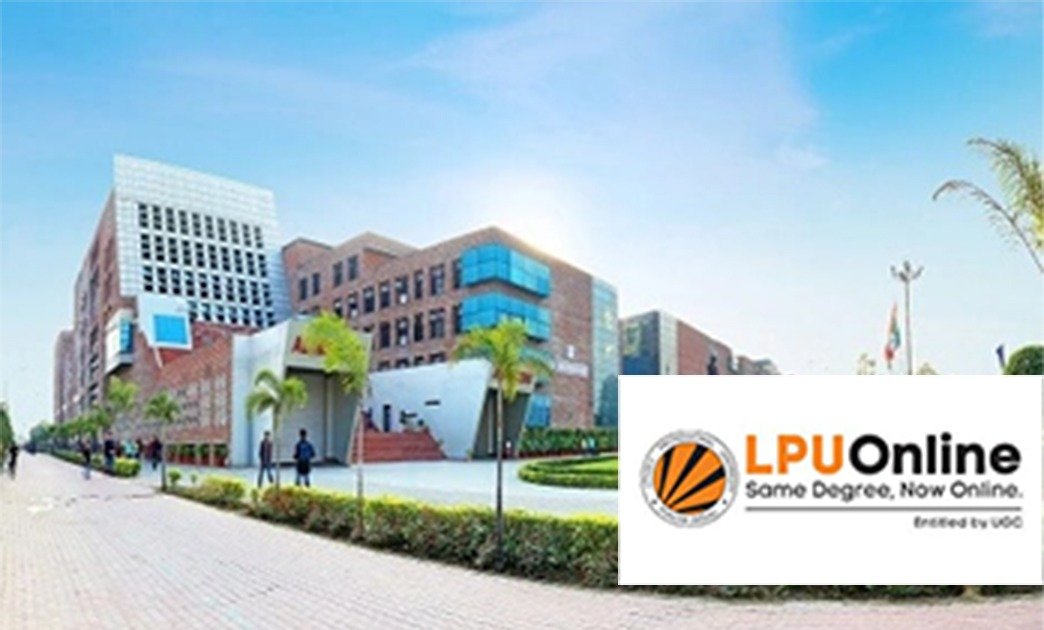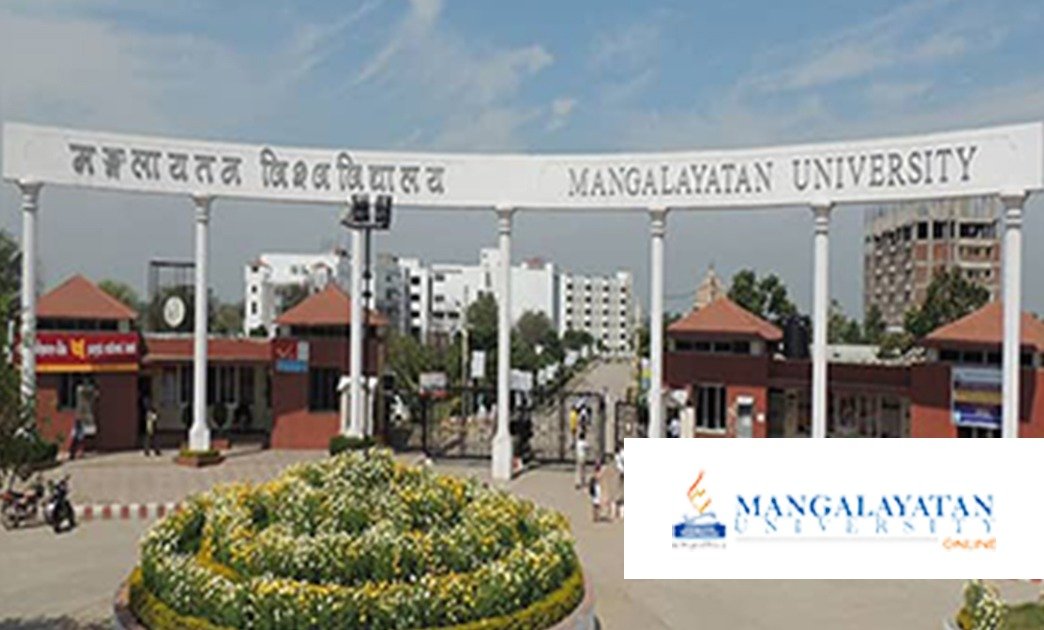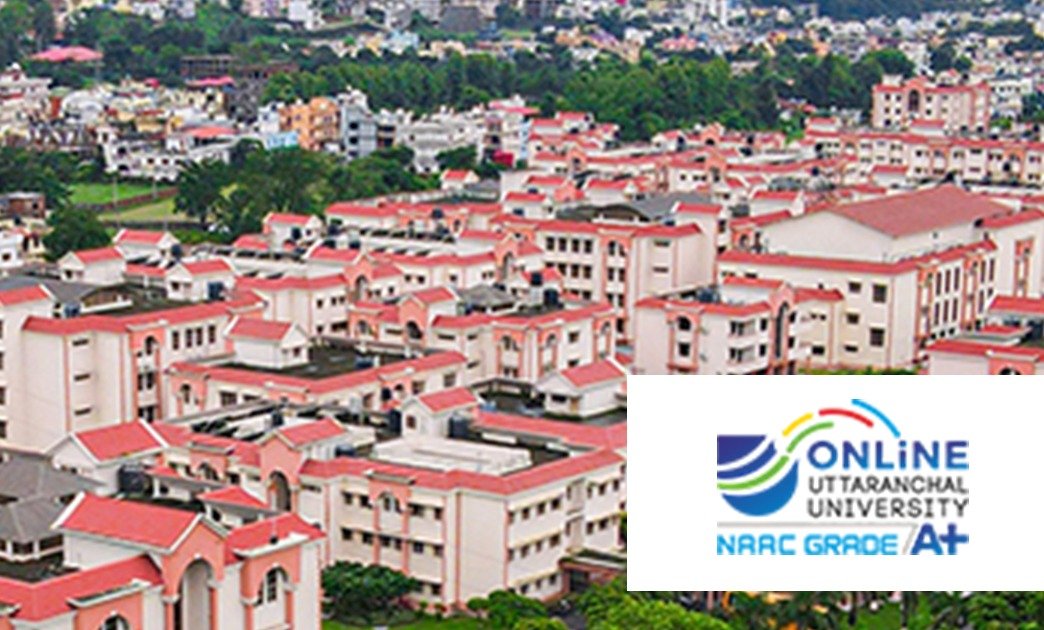Rise of Regional Language Content in India – Why It’s Booming in 2025
Meta Description:
The demand for regional language content in India is rising fast in 2025. Learn why vernacular content is dominating digital platforms and how businesses can benefit from this growing trend.
🌐 Rise of Regional Language Content in India – Why It’s Booming in 2025?
India is a land of languages, cultures, and dialects. With over 121 languages and 19,500 dialects spoken across the country, it was only a matter of time before regional language content took center stage in the digital world. In 2025, the rapid growth of regional language content is one of the most transformative shifts in Indian internet consumption.
From YouTube videos in Bhojpuri to blogs in Tamil and reels in Marathi, regional content is no longer niche—it’s mainstream. Businesses, influencers, and educational platforms are tapping into the immense potential of regional language audiences.
Let’s dive deep into the factors behind this trend, its impact, and how brands and content creators can leverage it effectively.
📈 Why Regional Language Content Is Growing So Fast?
1. Increased Internet Penetration in Tier 2 & Tier 3 Cities
With the expansion of affordable smartphones and low-cost data (thanks to Jio and other telecom giants), India’s internet user base has moved beyond metros. Over 70% of new internet users now come from rural and semi-urban areas, where regional languages are dominant.
These users prefer consuming content in their mother tongue for better understanding and relatability.
2. Trust and Emotional Connect
English or even Hindi content may not always resonate emotionally with audiences from Tamil Nadu, Odisha, or Assam. But when content is delivered in their native language, it creates trust and loyalty.
This is why many digital platforms and brands have started localizing their content in languages like Bengali, Telugu, Kannada, Gujarati, and Malayalam.
3. Shift in Content Consumption Habits
The explosion of short-form content on platforms like Instagram Reels, YouTube Shorts, Josh, Moj, and ShareChat has empowered regional creators. Users now consume more local stories, comedy, news, and entertainment in their preferred language, increasing demand for vernacular content.
Even traditional news media have expanded their digital presence in multiple Indian languages to stay relevant.
4. Government Push Towards Digital Bharat
The Indian government’s “Digital India” initiative has played a huge role in improving digital literacy, especially in regional languages. Official government apps, services, and educational tools now support multiple Indian languages, empowering citizens to access the internet in their native language.
This policy has encouraged the creation of educational, legal, financial, and health-related content in regional formats.
5. Rise of AI and Translation Tools
Thanks to advancements in AI-based translation tools and language models, it is now easier for platforms and businesses to translate and localize their content.
For example, a blog written in English can be accurately translated into Marathi or Punjabi without losing the original meaning—broadening the audience reach.
📊 Key Statistics That Show the Boom
- According to a Google-KPMG report, 90% of new internet users prefer regional languages over English.
- By 2025, over 540 million users in India are expected to consume content in regional languages.
- Regional YouTube channels in languages like Tamil, Telugu, Bhojpuri, and Marathi are getting millions of subscribers and views monthly.
- Indian edtech platforms like BYJU’S, Unacademy, and College Sarathi are creating vernacular learning resources to support diverse learners.
🏆 Platforms Supporting Regional Language Growth
Several Indian and global platforms are now building and supporting multi-language ecosystems:
- YouTube India: Offers content in 12+ Indian languages.
- Instagram and Facebook: Allow users to post and interact in their preferred languages.
- DailyHunt, ShareChat, and Josh: Fully focused on regional content and creators.
- OTT Platforms: Amazon Prime, Netflix, and Hotstar now provide subtitles, dubs, and original content in regional languages.
📱 Impact on Industries
🔹 Digital Marketing
Brands are now running hyper-local ad campaigns using native language creatives. For example, a beauty brand targeting Kerala might use Malayalam video ads and social media content to connect better with the audience.
🔹 Education
Online education platforms are producing courses, tutorials, and study material in regional languages, allowing learners from rural areas to study more comfortably and effectively.
🔹 E-commerce
E-commerce giants like Amazon, Flipkart, and Meesho have introduced multi-language support, helping regional customers shop online with ease and confidence.
🔹 Journalism & News
Local news channels, apps, and digital newspapers in languages like Kannada, Bengali, and Marathi are attracting a loyal reader base, particularly in regional districts.
🧠 How Businesses Can Leverage Regional Language Content?
1. Localize Your Website and App
Offer multiple language options. For example, create different landing pages for Hindi, Tamil, and Marathi-speaking users.
2. Create Vernacular Social Media Content
Develop Instagram Reels, YouTube Shorts, and blog posts in local languages. Collaborate with regional influencers to increase engagement.
3. Use Regional Keywords for SEO
If your business targets Uttar Pradesh or Gujarat, use local language keywords like “सस्ता मोबाइल फोन” or “સૌથી સસ્તું કપડાં” in your content strategy to appear in local search results.
4. Train a Regional Language Support Team
Customer support in native languages builds trust and improves conversion rates for e-commerce or edtech platforms.
5. Focus on Regional Video Content
Start a YouTube or Josh channel in a regional language. Use subtitles and relatable cultural references. Bhojpuri and Haryanvi videos, for instance, have shown tremendous viral potential.
📣 Why This Trend Will Continue to Grow?
The future of the internet in India is local, inclusive, and language-diverse. With increasing awareness, rising regional digital creators, and the democratization of technology, regional language content is not just a trend—it’s the new standard.
As regional users get more digitally active, platforms and businesses ignoring this segment risk losing a massive market share.
✅ Key Takeaways
- Regional language content is booming due to affordability, accessibility, and emotional connect.
- Businesses that create and promote vernacular content will have a competitive edge.
- Platforms must invest in local language strategies for SEO, marketing, customer support, and product development.
- 2025 is the year regional voices are getting louder and reaching farther—thanks to digital tools and user-generated content.
🙋♂️ FAQs – Regional Language Content in India
Q1. Why is regional language content growing in India?
Regional language content is growing due to internet penetration in rural areas, preference for mother tongue, emotional connect, and support from platforms and policies.
Q2. Which platforms are best for regional content creators?
YouTube, Josh, ShareChat, DailyHunt, Moj, and Instagram Reels are ideal for regional creators due to their wide reach and local audience base.
Q3. How can businesses use regional languages to boost growth?
Businesses can create multilingual websites, use local keywords, make regional ads, and offer native language customer service for better user experience and engagement.
Q4. Will regional content replace English or Hindi in India?
Not entirely, but it will co-exist powerfully. English and Hindi will remain important, but regional content will dominate in specific geographies and age groups.
Q5. Can AI help in regional content creation?
Yes, AI tools like translation bots, speech recognition, and regional voice assistants can simplify and scale vernacular content creation.
📌 Final Thoughts
The digital Bharat dream is unfolding through regional language content. For creators, businesses, and educators, now is the time to think local, speak local, and create local. It’s not just about content anymore—it’s about connecting to hearts.
If you’re a business or education brand looking to grow your presence, make sure regional language content is part of your strategy in 2025 and beyond.












